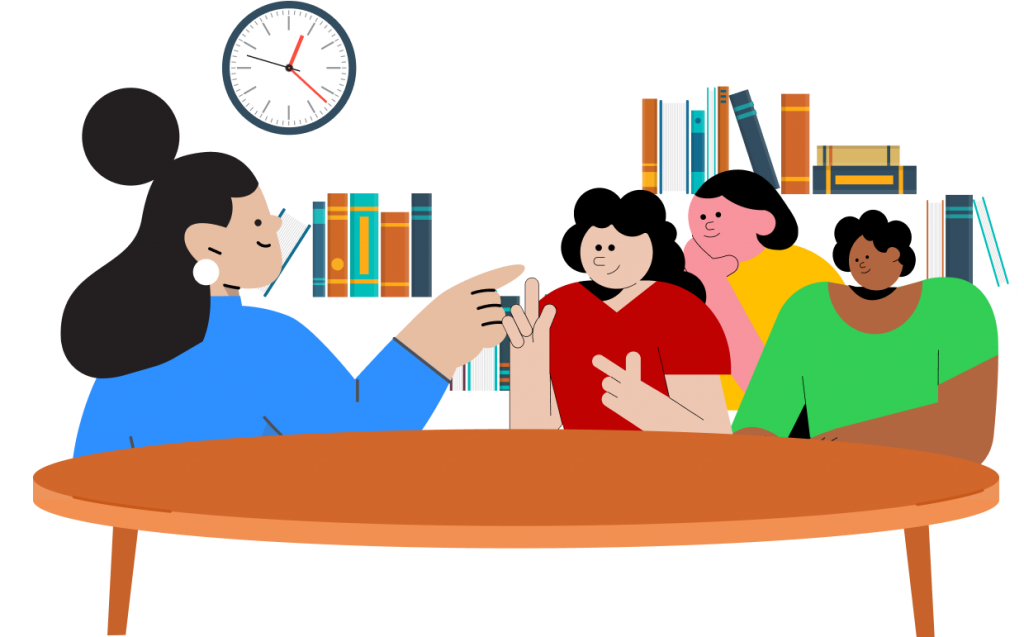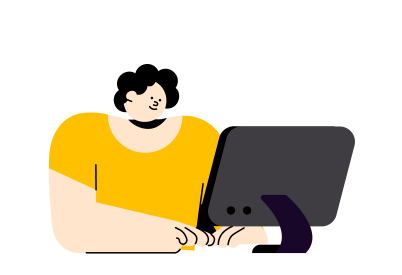Tutoring Research & News

Who’s Been Talking About Tutoring and Peer Tutoring?
“Research has shown that well-designed tutoring programs that use volunteers and other nonprofessionals as tutors can be effective.”
[U.S Department of Education, Evidence that Tutoring Works, 2001]
“Studies around the world show one-on-one peer tutoring to be extremely effective for learning not just for the learner, but also for the tutor.”
[National Education Policy 2020, Government of India]
“In a recently circulated working paper examining dozens of experimental studies, a team of economists has found that tutoring offers the potential for transformative academic impacts. While teachers and paraprofessionals [those who assist professionals] were shown to be the strongest instructors, even lightly trained volunteers or family members have the potential to help children realize important learning gains.”
[Using Tutors to Combat COVID Learning Loss: New Research Shows that Even Lightly Trained Volunteers Drive Academic Gains, Kevin Mahnken, 20 September 2020]
One-to-one and small group tutoring are “by far the most effective things we have that are practical to use in schools that scale…We compared tutoring to summer school, after school, extended day, technology, and other things. And it’s [a] night and day difference.”
[Robert Slavin, former education researcher and director at the Johns Hopkins Center for Research and Reform in Education]
“Teachers in one-room rural schools often called upon their older students to help the younger ones. They did so in the hope that younger children would benefit from the extra attention and help they got from their tutors and that the older children, proud to be cast as assistant teachers, would be motivated to improve their own schoolwork.”
[Lippitt and Lippitt 1969, pg. 24.]
“As any teacher can report, there is nothing like learning through teaching. By having to explain something to someone else, one’s attention is focused more sharply.”
[Riessman 1965, pg. 30]
“Learning is enhanced when it is more like a team effort than a solo race. Good learning, like good work, is collaborative and social, not competitive and isolated. Working with others often increases involvement in learning. Sharing one’s own ideas and responding to others’ reactions improves thinking and deepens understanding.”
[Chickering and Gamson 1987, pg. 4]
“One could easily imagine a campus where all students are learners and teachers at different times and in different subjects, thus facilitating social interaction and enhancing learning.“
[Goldschmid 1976, pg.4 ]
Educator Benjamin Bloom found that, on average, students tutored one-on-one for mastery performed better than about 98% of the students taught through conventional methods. He wrote the following in 1984:
“The tutoring process demonstrates that most students have the potential to reach this high level of learning. An important task…is to seek ways of accomplishing this under more practical conditions than 1:1 tutoring, which is too costly for societies to bear on a large scale.”
[Effective application of peer tutoring, and effective use of technology, can now provide the practical conditions under which 1:1 tutoring is widely accessible and affordable and is not just for the “privileged few.”]
Let Us Email Someone You Want To Encourage To Use The App


